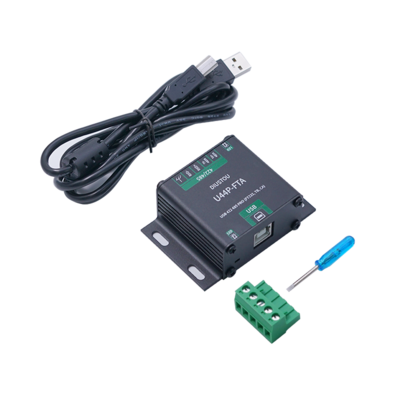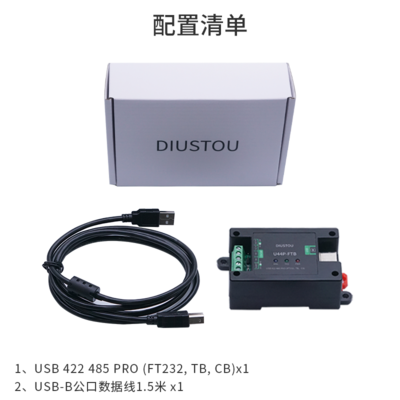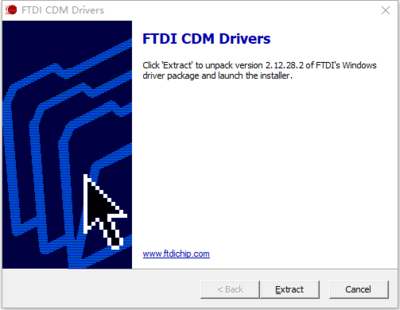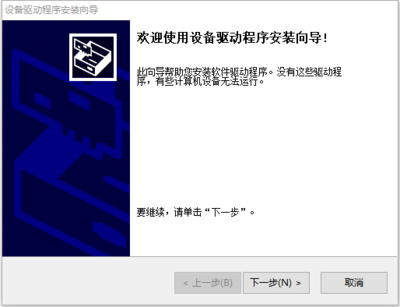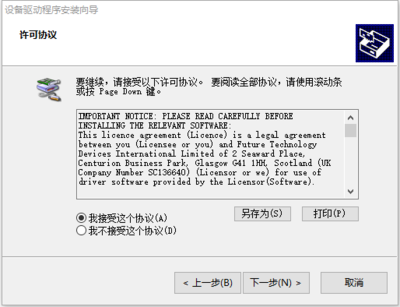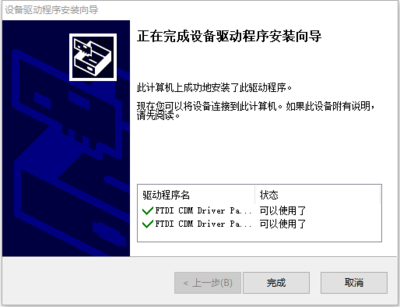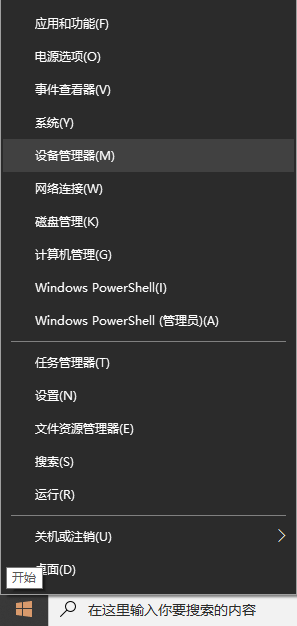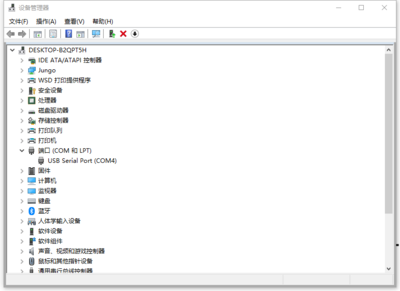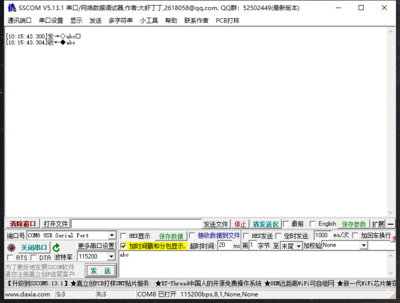USB 422 485 PRO
| ||||||||||||||||||||||
| ||||||||||||||||||||||
| ||||||||||||||||||||||
Contents
Product Overview
USB 422 485 PRO (FT232, TB, CA)
- Utilizes industrial-grade chips FT232 and SP3485 for high-speed, stable, reliable, and compatible communication.
- This module converts USB signals to RS485/RS422 signals and vice versa. With an onboard automatic transmit-receive conversion circuit, there is no need for "receive-transmit" control, enabling faster and more stable communication between the two interfaces.
- Features a USB-B interface and 5.08mm plug-in terminal blocks for smooth and secure connections.
- Equipped with independent power and signal isolation circuits.
- The onboard digital isolator offers excellent performance characteristics and reliability for signal isolation, ensuring more stable signal transmission.
- The onboard DC/DC power isolator provides stable isolated voltage and output short-circuit protection, eliminating the need for additional power supply on the isolated side.
- The USB side is equipped with an ESD protection circuit to effectively prevent electrostatic damage and protect downstream circuits and devices.
- The RS485 side includes overcurrent protection, surge protection, and lightning surge protection circuits.
- The onboard TVS (Transient Voltage Suppressor) effectively suppresses surge voltages and transient spike voltages in the circuit, protecting downstream circuits and devices.
- The onboard self-resetting fuse ensures stable current and voltage output, preventing overcurrent, overvoltage, and electrostatic discharge, with strong impact resistance.
- The onboard GDT (Gas Discharge Tube) can discharge powerful lightning currents into the ground, protecting subsequent circuits and devices from surge damage.
- The board has reserved 120R termination resistor pads to enhance signal transmission stability and reduce interference.
- Baud rate support range:
- RS422: ≤2M bps (self-transmit-receive test; actual use should refer to the baud rate range of the connected devices)
- RS485: ≤2M bps (non-standard value; actual use should refer to the baud rate range of the connected devices)
- The board features two LED indicators to indicate the circuit signal operating status.
- USB indicator: Indicates USB signal reception, i.e., when the signal flow is USB -> 485/422, this LED blinks.
- 422/485 indicator: Indicates 422/485 signal reception, i.e., when the signal flow is 485/422 -> USB, this LED blinks.
- Made of aluminum alloy with oxidized matte finish, precise cutouts, sturdy and durable, and exquisite craftsmanship.
USB 422 485 PRO (FT232, TB, CB)
- Utilizes industrial-grade chips FT232 and SP3485 for high-speed, stable, reliable, and compatible communication.
- This module converts USB signals to RS485/RS422 signals and vice versa. With an onboard automatic transmit-receive conversion circuit, there is no need for "receive-transmit" control, enabling faster and more stable communication between the two interfaces.
- Features a USB-B interface and 5.0mm screw terminal blocks for smooth and secure connections.
Equipped with independent power and signal isolation circuits.
- The onboard digital isolator offers excellent performance characteristics and reliability for signal isolation, ensuring more stable signal transmission.
- The onboard DC/DC power isolator provides stable isolated voltage and output short-circuit protection, eliminating the need for additional power supply on the isolated side.
- The USB side is equipped with an ESD protection circuit to effectively prevent electrostatic damage and protect downstream circuits and devices.
- The RS485 side includes overcurrent protection, surge protection, and lightning surge protection circuits.
- The onboard TVS (Transient Voltage Suppressor) effectively suppresses surge voltages and transient spike voltages in the circuit, protecting downstream circuits and devices.
- The onboard self-resetting fuse ensures stable current and voltage output, preventing overcurrent, overvoltage, and electrostatic discharge, with strong impact resistance.
- The onboard GDT (Gas Discharge Tube) can discharge powerful lightning currents into the ground, protecting subsequent circuits and devices from surge damage.
- The board features a 120R termination resistor DIP switch to enhance signal transmission stability.
- Baud rate support range:
- RS422: ≤2M bps (self-transmit-receive test; actual use should refer to the baud rate range of the connected devices)
- RS485: ≤2M bps (non-standard value; actual use should refer to the baud rate range of the connected devices)
- The board features three LED indicators to indicate the circuit signal transmission and reception status.
- PWR light: Red, power indicator
- TXD light: Green, RS422/485 data transmission indicator (data flow: USB -> RS422/485)
- RXD light: Blue, RS422/485 data reception indicator (data flow: RS422/485 -> USB)
- Rail-mounted ABS eco-friendly enclosure, compact size, easy installation, and cost-effective.
Testing Methods
485 Testing
- Connect the USB 422 485 PRO to a USB-to-485 serial port module
- A to A
- B to B
- Connect the USB data cable and the USB-to-485 serial port module to the computer, open two serial port assistants, and select the corresponding COM ports for the USB data cable and the serial port module.
- Use the two serial port assistants to alternately send data and observe if the other serial port assistant receives the corresponding data.
422 Self-Transmit-Receive Testing
- Short-circuit the pins of the USB 422 485 PRO module
- TXD+ to RXD+
- TXD- to RXD-
- Connect the module to the computer using a USB cable, open a serial port debugging assistant, and select the corresponding port number.
- Send data to the USB 422 485 PRO through the serial port debugging assistant and observe if the receive window of the assistant receives the same data as the transmit side.
Hardware Connections
Notes
- USB to 485: 485 is half-duplex communication. Although this module can achieve bidirectional communication, it cannot operate simultaneously in both directions and must alternate. That is, each end of the communication channel can be either the transmitting end or the receiving end, but at the same time, information can only flow in one direction.
- USB to 422: 422 is full-duplex communication. This module can achieve simultaneous TTL signal and 422 signal transmission in both directions without interference, and transmission and reception do not require manual control, making it convenient and efficient.
- Fully consider the lightning protection and anti-interference design of the 485/422 interface. When transmitting over long distances in the field, connecting the module's "ground" terminal to the earth can effectively reduce interference and provide lightning protection, making 485/422 communication safer. For short-distance transmission indoors, grounding is not necessary.
Driver Installation
1. Download and install the Diver。
2. Verify if the driver is installed successfully. Right-click the Windows logo in the bottom left corner and open "Device Manager".
Expand "Ports (COM & LPT)". If there is a "USB Serial Port" device, the installation is successful.
3. Verify if the module is working properly. Short-circuit the TXD and RXD pins of the module, open theserial port debugging software, , and click "Open Serial Port". Enter any content in the text box, then click the "Send" button. Under normal circumstances, the software will receive and display the same content.
Data Sheet
Resource Download
- FT232 Driver for Windows 7/8/10/11
- Serial Port Debugging Assistant
- PuTTY Serial Port Viewing Software
FAQ
|
